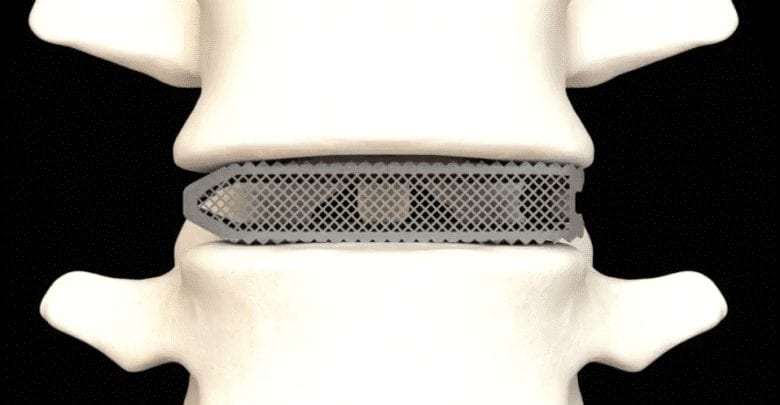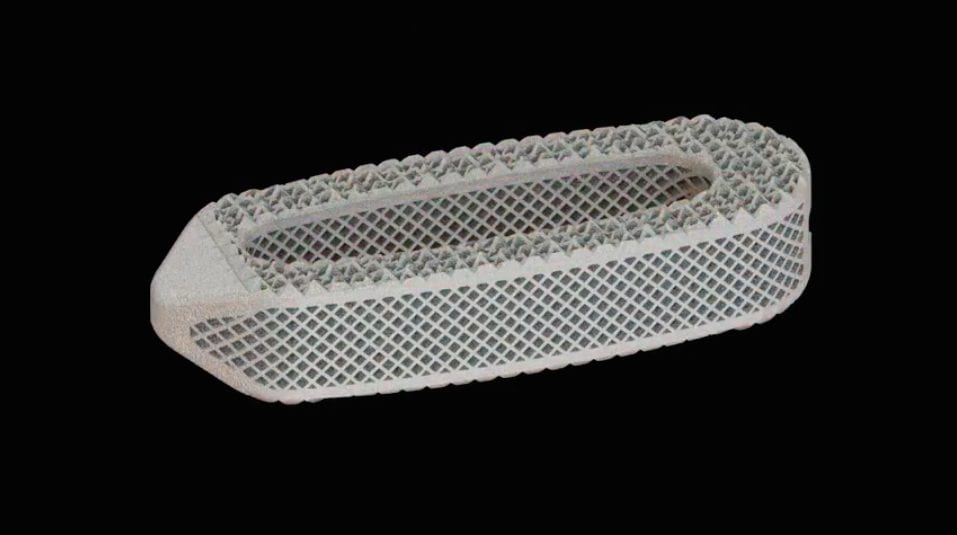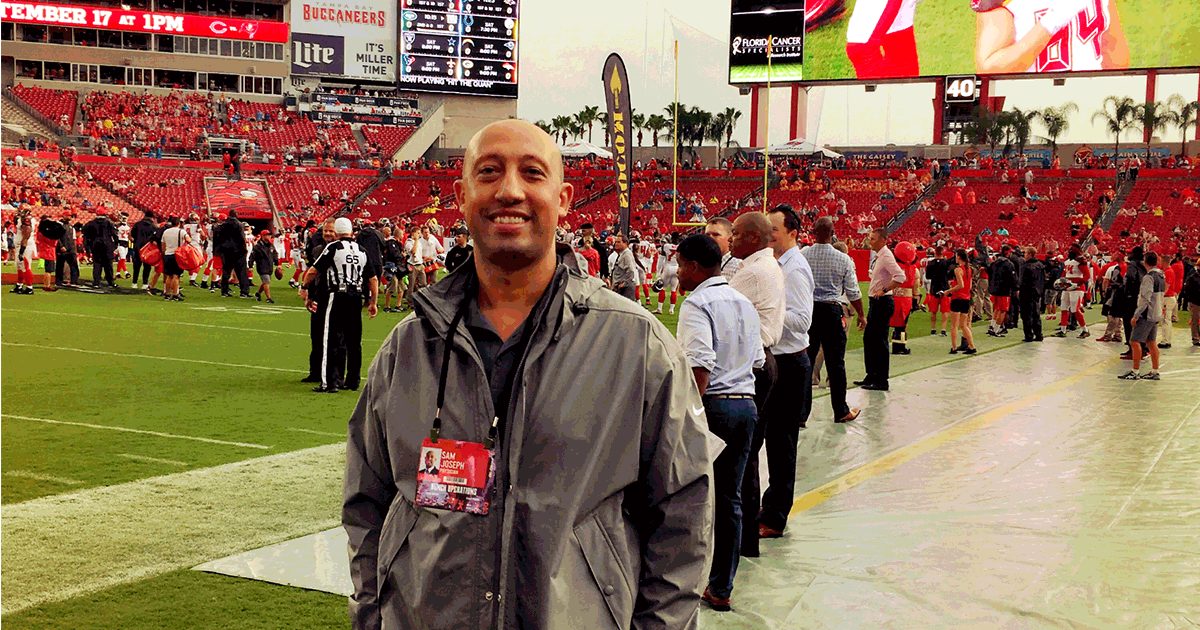Kyphoplasty Minimally Invasive Procedure for Compression Fractures
Kyphoplasty has transformed the way we are able to take care of patients with compression fractures. In this segment, Dr. Samuel Joseph, Jr., will review what you can expect and the benefits of this minimally invasive spine procedure.
Kyphoplasty may be recommended for damaged vertebrae or certain spinal fractures. In most cases, a weakening of the bones (osteoporosis) has caused the vertebrae to compress or collapse, causing pain or a hunched posture.
The procedure may be performed as an outpatient in 30 minutes or less. The relief from pain may be immediate and patients may resume normal activities immediately.
Kyphoplasty uses a small balloon that gently lifts bone fragments into their correct position. The balloon is inflated to create a space that the surgeon later fills with a special bone cement. The bone cement creates an internal cast that holds the vertebra in place. This extra feature allows kyphoplasty to help restore vertebral height, and thus, help reduce spinal deformity. It also allows a thicker cement to be used which has less risk of leaking out and causing complications.
It is important to accurately diagnose vertebral compression fractures, as there are a number of potential adverse effects if a diagnosis is missed and there is no treatment. In general, vertebral fractures are associated with both increased morbidity which includes continued pain, decreased physical function, deformity, and potentially social isolation, all of which negatively impact the individual’s overall quality of and enjoyment of life. Mortality is also associated with vertebral fractures, as women diagnosed with a compression fracture of the spine have a 15% higher mortality rate than those who do not experience fractures.




